Ostomy & Incontinence Products
Ostomy Supplies & Incontinence Care
With decades of experience, Conval-Aid is a trusted name in ostomy care, providing expert guidance and a comprehensive range of products to support individuals with ostomies.
Our team of knowledgeable professionals understand the unique needs of ostomy patients and are committed to providing personalized solutions and support.
As part of our dedication to customer satisfaction, we offer free shipping/delivery on orders over $75.
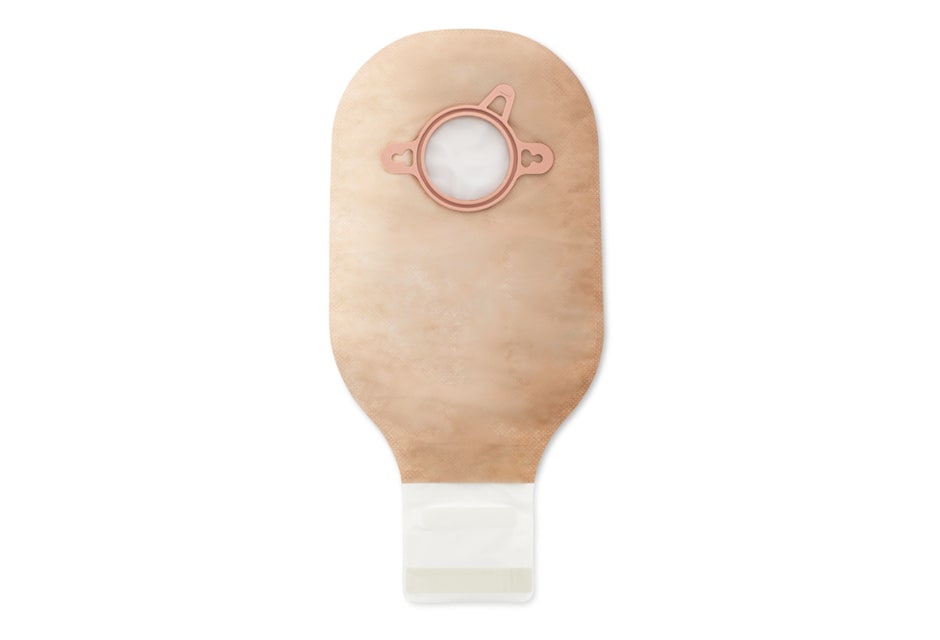
Free Shipping On Orders Over $75
Contact us today with your list of desired products for hassle-free shipping, or visit our showroom to explore our extensive inventory in person.
Experience the Conval-Aid difference in ostomy care.
Our Ostomy Brands
If you’re looking to buy ostomy supplies, our extensive, in-stock inventory allows for prompt and friendly delivery on most products—often the same day.
Once you have purchased from us, we will keep your order in our system, and a simple phone call or email will mean a quick re-stock.
We offer ostomy supplies from these top brands:
Hollister

Hollister Incorporated is an independent, employee-owned company that develops, manufactures, and markets healthcare products and services worldwide. They offer a wide range of advanced medical products for ostomy care designed to improve quality of life, from skin barriers to pouching systems.
ConvaTec

ConvaTec is a global medical products and technologies company focused on the management of chronic conditions. They are dedicated to improving the lives of people with ostomies through advanced medical technologies and compassionate care. They have a wide selection of ostomy products for before surgery, after surgery, and beyond into living with an ostomy.
Coloplast

Coloplast aims to make life easier for people with personal and private medical conditions, which they call “intimate healthcare”. They create solutions that are sensitive to patient needs through the development of medical supplies and services for ostomy and continence care.
Coloplast is committed to a close and personal understanding of their customers to deliver the best ideas and medical solutions available. With a passion for making a real difference in people’s lives, they have a culture of broad responsibility to the environment and society at large.
Medline
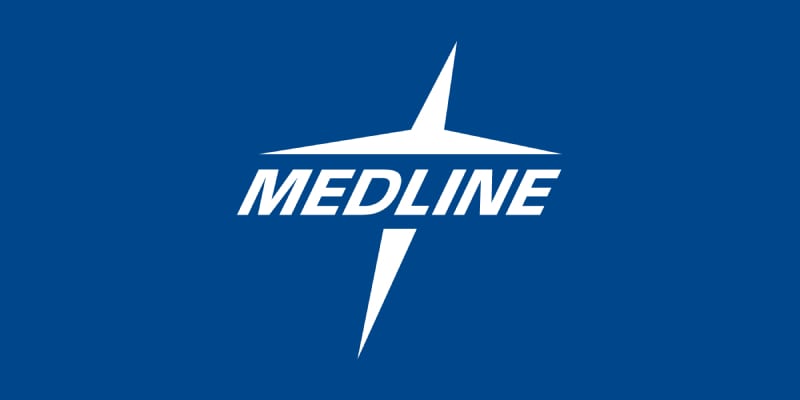
Based in the Chicago area, Medline Industries is a fourth generation, family-owned manufacturer and distributor of medical supplies in the US. Providing true hospital quality products, you can be sure your Medline ostomy supplies are built to last.
Medline offers a huge selection of pouches, ostomy belts, skin adhesives, and more for Canadians and Americans.
We’re Here to Help
If you require more assistance, would like a demonstration, or have questions, our friendly and experienced staff are always more than happy to answer your questions.
Call us, visit our store or contact us online. We’re here to help.
About Ostomy at Conval-Aid
Incontinence is simply a catchall term to describe the involuntary excretion of Urine or Feces. It is surprisingly common, affecting 5% of men and over 12% of all women worldwide. Even though such a prevalent health condition (About 3.5 million Canadians) is rarely discussed, there are a large number of people (even just in Ottawa) whose daily lives are severely affected.
Many people who have long-suffered with forms of chronic disease or function-related incontinence frequently welcome the creation of an ostomy as a way of maintaining control over stool and urine, and indeed – regaining control over their lives. An Ostomy (colostomy, ileostomy or urostomy are the most common types) simply refers to surgically creating an opening (also known as a stoma) in the body for the discharge of body wastes.
To these people, Conval-Aid has committed to providing the highest quality ostomy supplies and wound care products available in Ottawa. We only provide products from the top suppliers, including Convatec, Hollister, Bard, Coloplast, Mentor, Smith + Nephew, Tyco. We also carry an extensive range of incontinence products from Tena and Attends.
Many patients require a temporary ostomy as a result of an accident or blockage. No matter what the need is, we service all types of ostomy needs.
We also are happy to help with stoma care and management, pouching system selection, and managing any complications that might arise from your ostomy (such as skin irritation, leakage, or herniation).
Meet Gisele Lepage
Gisele Lepage is a seasoned professional in the field of ostomy care, bringing over 20 years of expertise to her work. As a dedicated specialist, she has touched the lives of thousands of clients, providing personalized support and guidance in their ostomy journey.
Gisele’s unwavering commitment lies in ensuring that each individual finds the optimal products tailored to their unique needs and comfort. Her passion for improving the quality of life for ostomy patients is evident in her compassionate approach and relentless pursuit of excellence in care. Gisele’s dedication and empathy make her a trusted ally for those navigating the challenges of living with an ostomy.
In-Stock & Ready For Pickup In Ottawa
Our extensive, in-stock inventory allows for prompt and friendly delivery on most products—often the same day. Once you have purchased from us, we will keep your order in our system, and a simple phone call or email will mean a quick re-stock.
Conval-Aid also has certified Enterostomal Therapists from an independently-owned clinic located on-site. If you require the services of an Ostomy clinic in Ottawa and need ostomy products and incontinence aids, our clinic is a convenient and comfortable choice.
Please note that the Ostomy clinic is by appointment only. Appointments can be set up by calling Conval-Aid at 613-738-2721.
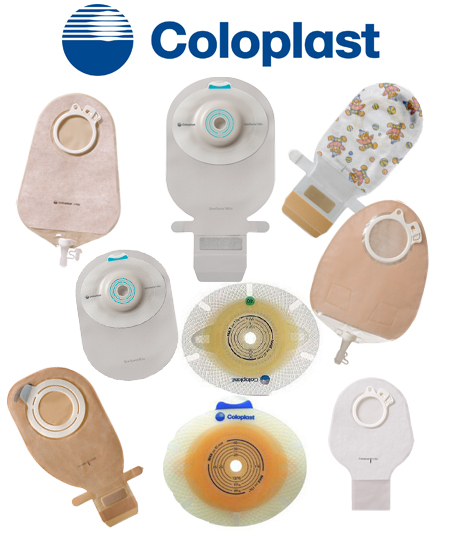
Types of Ostomies We Service
Colostomy
A colostomy is a surgical procedure in which a portion of the colon is brought to the surface of the abdomen to create a stoma. Colostomy care involves emptying and cleaning the colostomy pouch regularly, protecting the skin around the stoma from irritation or infection, and monitoring bowel movements and changes in stoma appearance.
Ileostomy
An ileostomy is a surgical procedure in which the small intestine is brought to the surface of the abdomen to create a stoma. Ileostomy care is similar to colostomy care but may involve more frequent pouch changes and closer monitoring of fluid intake and output due to the higher liquid content of ileostomy output.
Urostomy
A urostomy is a surgical procedure in which the urinary system is diverted to create a stoma for urine elimination. Urostomy care involves managing urine drainage, preventing urinary tract infections, and maintaining skin integrity around the stoma. This may include using specialized urostomy pouching systems and ensuring adequate hydration.
Types of Ostomy Products & Incontinence Care Supplies
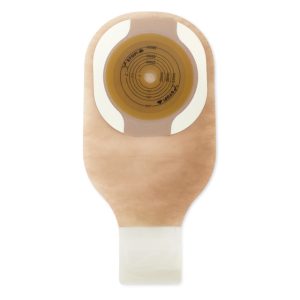
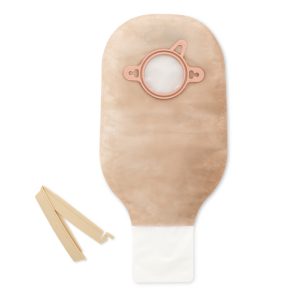
Ostomy Pouching System Types
There are two types of systems. Both comprise a pouch to collect the flow of bodily waste and an adhesive skin barrier (or “wafer”):
One-piece: The wafer in this system is attached to the pouch permanently. These are simple to apply and to remove as one unit. Popular because they are low-profile (and therefore less noticeable when the wearer is clothed), they are also more affordable and more manageable for those with vision or mobility challenges.
Two-piece: This system has two separate pieces: the pouch and wafer are connected via a flange (plastic ring). Users find it easy to unsnap and change the pouch without removing the skin barrier — convenient when they’d like to switch to a smaller or larger pouch, according to their current level of activity. This system is also less likely to irritate the skin.
Pouch Types
Closed: Closed pouches are suitable for lower output, which requires emptying only 1-2 times daily. The pouch must be removed, emptied, and discarded.
Drainable: Drainable pouches are best for frequent output. The pouch does not need to be removed in order to empty it (though it should be replaced once or twice weekly). Empty this type when it becomes one-third to one-half filled, via an integrated closure or clamp.
Ostomy Barrier Rings
Application: Ostomy barrier rings are used for two related reasons: 1) to fill gaps between the stoma and the wafer, and 2) to caulk uneven skin surface in the stoma area. In both cases, they create a better seal to safeguard against leakage. Make sure skin is clean and completely dry before application; however alcohol-free rings may be used on irritated skin. Barrier rings can either be attached to the wafer or placed around the stoma before adhesion of the skin barrier.
Size and shape: Barrier rings are available in assorted sizes and shapes (commonly round or oval). To select the correct kind, look for one which is closest to the size and shape of the patient’s stoma. Stack several together or cut to shape for better matching.
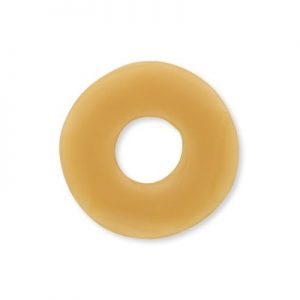
Ostomy Product Accessories
Ostomy Belt
An ostomy belt is an optional accessory, used when additional support is desired to keep the pouch securely in place. Support belts provide more peace of mind by preventing leaks if the wafer does not form a tight seal with the skin. Patients who have hernias often find an ostomy belt helpful. Other individuals might also wish to wear a belt while exercising.
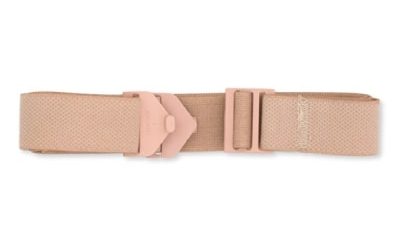
Stoma Powder
Stoma powder absorbs excess moisture to keep the peristomal skin dry, particularly important when skin is irritated. The powder permits the wafer to adhere more readily.
Apply the stoma powder by dusting it lightly on the skin surrounding the stoma. (Avoid over-applying since an overly large amount of powder may prevent barrier adhesion.) In some cases, it may be advisable to cover the powder with a skin barrier protective wipe.
Although stoma powder does not contain any medicinal ingredients, it should not be long-term. Discontinue use after skin irritation has cleared up.
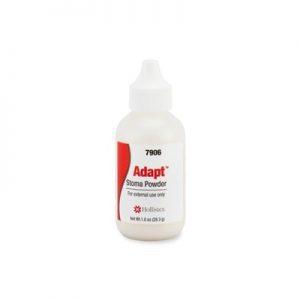
Medical Adhesive Remover
Occasionally, repeated removal of the adhesive skin barrier causes irritation or even skin stripping. A medical adhesive remover is formulated to protect skin from damage when the wearer changes the ostomy pouch. In addition, it may be used to safely remove adhesive residue which is left on the skin.
Available as a spray or infused in wipes, medical adhesive remover is a non-sting product because of its alcohol-free, silicone-based formulation. It is fast-drying, with no remaining residue, so the patient will be ready to attach a new skin barrier without worries.
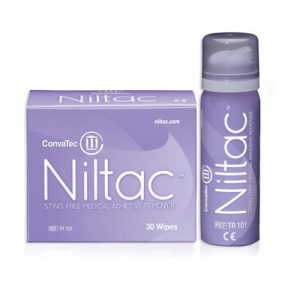
Skin Protective Wipes
Unfortunately, a frequent side effect of ostomy skin barriers tends to be irritation and soreness of the skin beneath. These no-sting skin protective wipes counteract this problem by forming a film that protects the skin from the effects of adhesive removal and eliminates contact with bodily waste.
Skin must be intact when applying a protective wipe. Let the wipe dry thoroughly before adding the ostomy skin barrier. However, please note, that skin protective wipes are not compatible with extended-wear wafers, since they tend to reduce the duration of wear.
Barrier Paste
Stoma barrier paste works to minimize leakage by filling in any unevenness in abdominal skin around the stoma. Non-medicated and non-adhesive, it acts as a “caulk,” and creates a smoother skin surface that allows a better seal to be formed between the wafer and the stoma.
Barrier paste, which may be purchased in the form of strips or squeezable tubes, should be applied sparingly to avoid interference with the skin barrier seal.